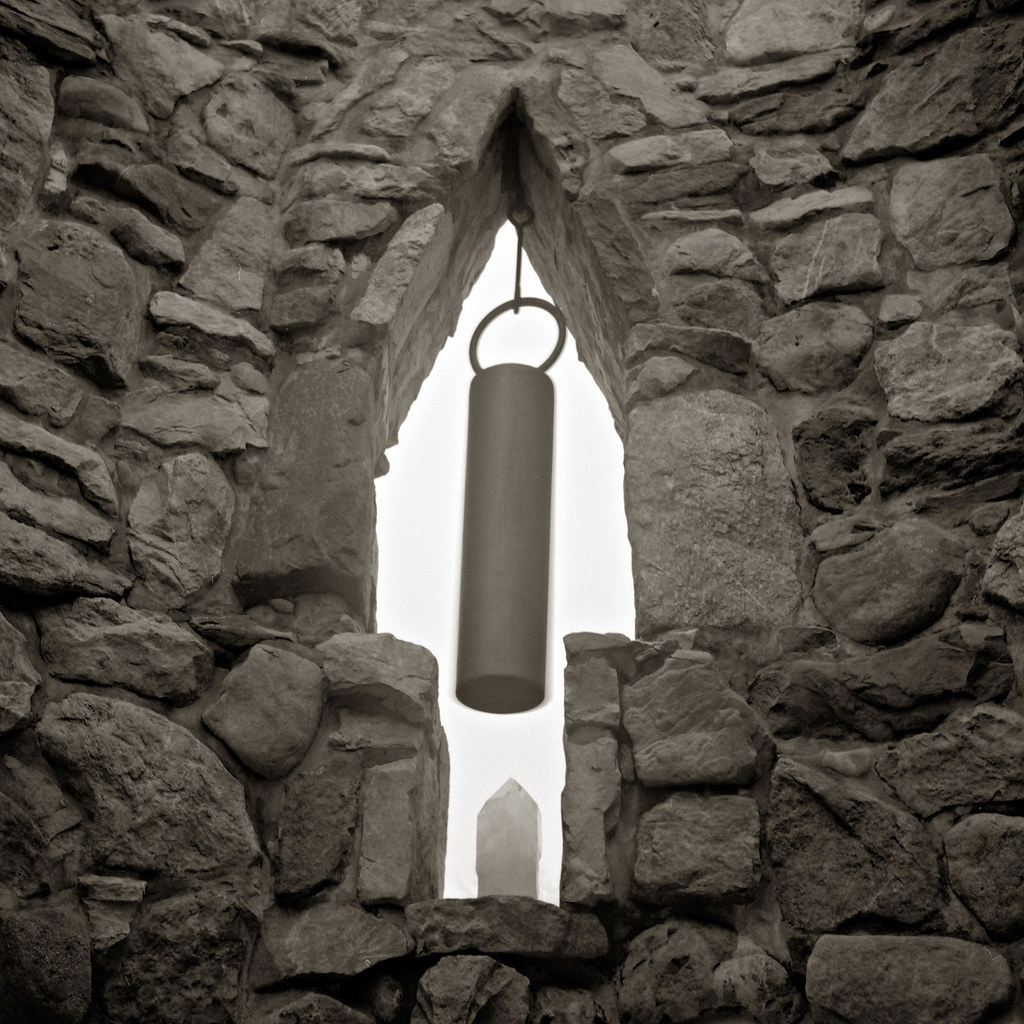Filters: shoot color film, scan in color, apply photoshop filters and/or mess with the channels when converting to b&w. This is how to apply filters in ps. (I know first hand: I tried this out with a deep red filter on the K100D shooting clouds. YUCK)
With b&w film the filter goes on the camera: the b&w 'conversion' is at the film, so if you want any tonality shifts you have to do it the old fashioned way.
I've used both the Kodak and the XP2, I like both but because it's a bit cheaper (plus there's a guy at the monthly camera show who sells it for $1 a roll) I use XP2 on both 35 and 120 cameras. I do not see a need to go for 'real' b&w film, especially since I scan everything, not having an enlarger setup. But no doubt I will take that plunge at Any Moment Now. The Fuji Arcos Ive shot is fantastic film.
XP2, the drug store scan came out a bit brownish on this (the toning can vary from image to image, but like everyone notes, you can always desaturate or re-tone to your hearts content). This was with a circular PL filter on a 28mm SMC-A lens. The tone is pretty much what came on the drugstore scan.

Shh, don't tell anybody, this next one is a Fed with Jupiter 12, XP2 again, tone is from the drugstore scan.

And double shh: diacord 6x6, Fuji Arcos 100, yellow-orange filter:



 Similar Threads
Similar Threads 



 .
.







 !
!












